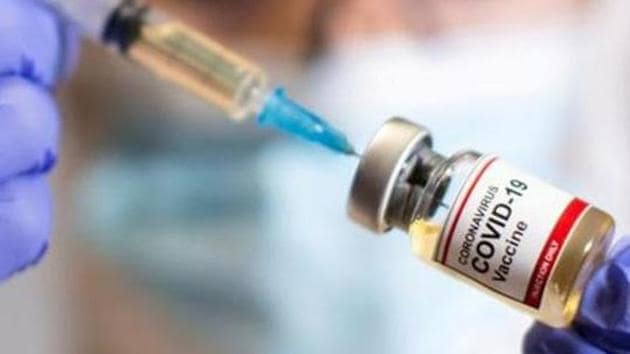From frontline workers to all residents: How US’ 5-phase Covid-19 vaccination may work
In a seven-point plan to beat Covid-19, the Biden-Harris administration has promised several measures, including access to regular, reliable, and free testing, and equitable distribution of treatments and vaccines.
US president-elect Joe Biden has kept the fight against the coronavirus disease (Covid-19) among the top priorities of his administration, assuring that the government will listen to science to overcome the impacts of the pandemic. In a seven-point plan to beat Covid-19, the Biden-Harris administration has promised several measures, including access to regular, reliable, and free testing, and equitable distribution of treatments and vaccines.

However, the distribution of the vaccine has to be prioritised because of the limited supply of doses immediately after the vaccine candidates get the required authorisation. Dr Celine Gounder, a member of Biden’s coronavirus advisory board, said that the president-elect will let the health experts decide on the prioritisation.
Speaking to CNN, Dr Gounder admitted that the prioritising for a vaccine will be tricky, given the varying degree of risk associated with different groups. She said that health care workers, doctors, nurses, teachers, people working in food and meat processing industries, drugstores, and grocery check-out counters will be given priority as soon as a Covid-19 vaccine becomes available.
Also Read | Beware of Covid-19 scams as vaccine approaches FDA approval
The US National Academies of Sciences, Engineering and Medicine (NASEM) has proposed a five-phase approach for an equitable allocation of a vaccine to US residents.
Here is how it may work out:
Phase 1: Health care workers and first responders.
Phase 2: People with underlying conditions that put them at significantly higher risk of severe Covid-19 and older adults in overcrowded settings.
Phase 3: Critical workers at high risk of exposure, teachers and school staff, people in homeless shelters and prisons, older adults not included in phase 1 and 2, and people with underlying conditions that put them at moderately higher risk.
Phase 4: Young adults, children and essential service workers at increased risk of exposure not included in phase 1 and 2.
Phase 5: All remaining US residents.
Pfizer has applied to the Food and Drug Administration (FDA) for emergency use authorization for its vaccine, BNT162b2, after phase 3 trial met all of the study’s primary efficacy endpoints. The biotech firms said that the study indicated a vaccine efficacy rate of 95 per cent, close to the efficacy rate found in early trial results of Moderna’s vaccine candidate. An independent panel of experts is scheduled to meet on December 10 to discuss the application.






